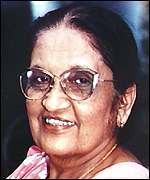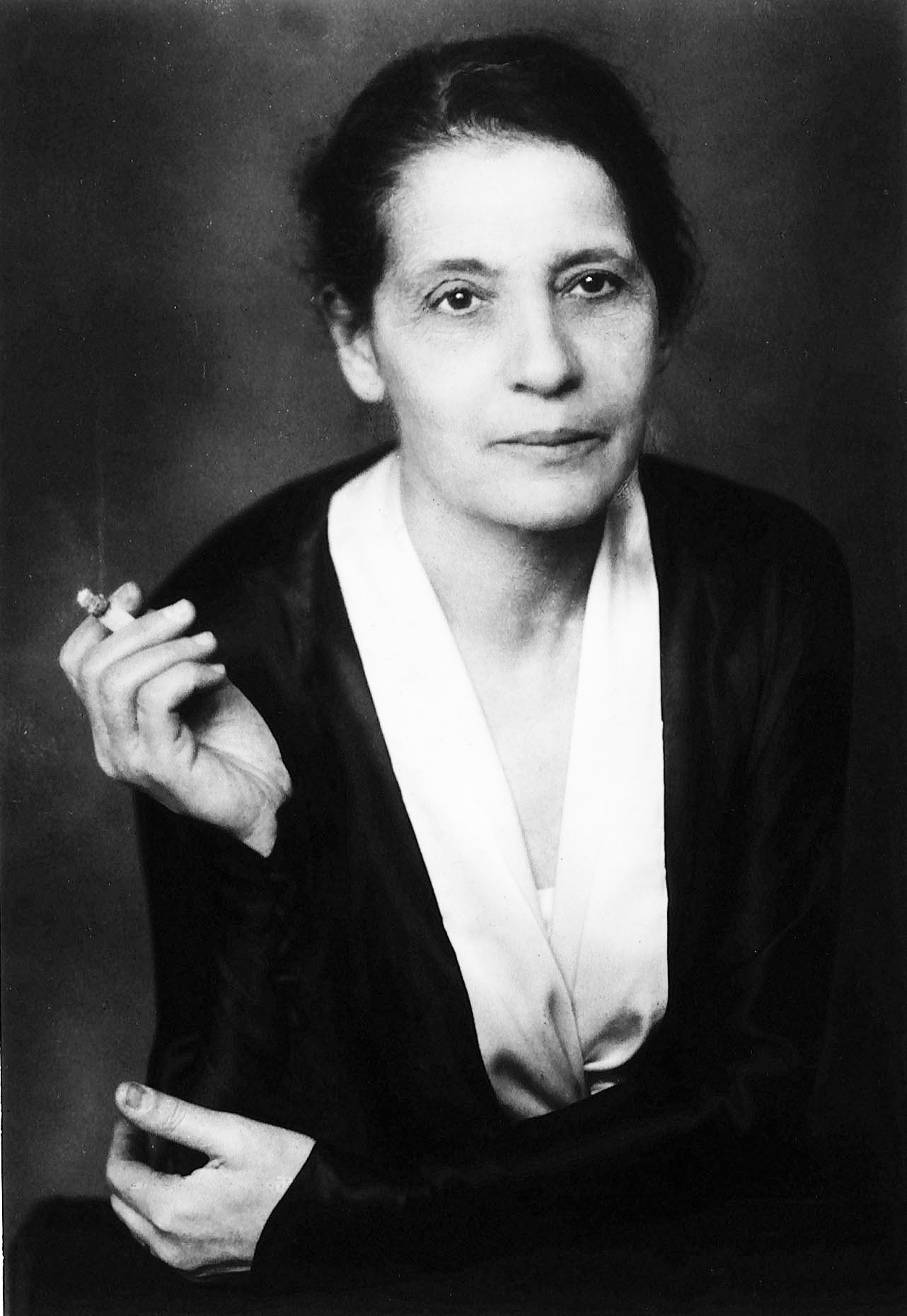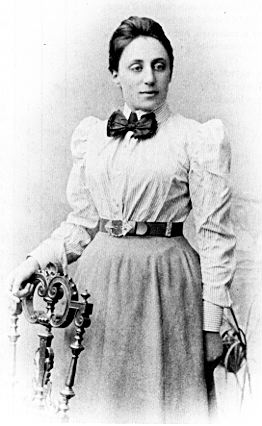
Source: Susan B Anthony Home


(1929-1993) Audrey Hepburn is most well known for her fashion iconic status and roles in Hollywood films in her early life as well as her humanitarian efforts. In the latter years of her life, she gave her time to UNICEF and countries around the world before succumbing to pancreatic cancer. Ms. Hepburn lived during WWII, having benefitted herself from the work of UNICEF shortly after the war ended. In these ways, she contributed to both the arts and social relief during her years in this world.
Source: UNICEF

(1788-?) Sacagawea is most well known as a Native American woman who was asked to accompany the famous Lewis and Clark expedition from 1804-1806 of the Western United States. She was their guide and interpreter as they trekked from North Dakota to the Pacific Ocean. As a young girl about 12 to 14 years of age, Sacagawea was taken captive by the Hidatsa Indians. She married the French-Canadian guide and interpreter Toussaint Charbonneau in her late teems and when he was hired by the Lewis and Clark Expedition, she also came along as legend says. Her name means Bird Woman or White Bird Woman.
Sources: Oregon Blue Book and PBS
“Historians may decide that Mrs Bandaranaike was an innocent, inheriting policies whose consequences she did not at first understand. That could be true. ” – From an article in The Economist

Source: BBC

(1937- ) Valentina Tereshkova was the first female cosmonaut to go into space in 1963 aboard Vostok 6. After returning back to Earth, she was honored with the title “Hero of the Soviet Union”, the highest award granted by the entity. While she never flew again, Dr. Tereshkova did become a spokesperson for the Soviet Union at that time. She also received the Gold Medal of Peace, awarded by the United Nations.
Sources: Goddard Space Flight Center Bio and 100 Best Articles

“Science makes people reach selflessly for truth and objectivity; it teaches people to accept reality, with wonder and admiration, not to mention the deep awe and joy that the natural order of things brings to the true scientist.” -Lisa Meitner in a lecture to the Austrian UNESCO Commission (1953)

(1878-1968) Lisa Meitner was an Austrian physicist who worked on nuclear physics and radioactivity. She was on the team that discovered nuclear fission. For this achievment, teammate Otto Hahn was awarded the Nobel Prize, which has led to many accounts of opinion that she was overlooked for such a recognition. However, the creators of the periodic table did no such thing as they honored her by naming element 109 for her: Meitnerium, which was first synthesized in 1982. Dr. Meitner was the second female to earn a Ph.D. at the University of Vienna in 1905.
Source: Atomic Archive
“In addition to the scientific aspects of her work, she made a substantial effort to communicate her enthusiasm to the public. After the Spacelab 2 mission she often gave presentations to adult and student audiences on her experiences, sometimes bringing along her flight suit. She received letters from all over the world from correspondents who had read of her role.” – From her Smithsonian and NASA obituary

(1938-2002) Dianne Prinz retired from the Naval Research Laboratory (NRL) after 29 years of service. During her career, she supervised the team of scientists that was operating the SUSIM (Solar Ultraviolet Irradiance Monitor) experiment on the UARS (Upper Atmosphere Research Satellite) spacecraft. SUSIM flew aboard the US Space Shuttle and a Spacelab 2 mission. Dr. Prinz was selected as a payload specialist astronaut in 1978 but her slated flight was cancelled in the aftermath of the Challenger tragedy. Dr. Prinz was the head of the Solar Radiation section at the NRL at the time of her death in 2002, when she succumbed to lymphatic cancer.
Source: Harvard University
“If the ambience of her home had been different, she might have never chosen a career in mathematics, but the provocative discussions that swooped and soared around the young Emmy’s head sparked an interest that was overpowering.” Lynn M. Osen, Women In Mathematics , MIT Press, 1974

(1882-1935) Emmy Noether was a German mathematician who is most well known for her contributions to abstract algebra and theoretical physics.. She is regarded by many as the most influential woman in the history of math, including by the likes of Albert Einstein. As a young girl, however, Dr. Noether’s concentration was on languages, having become fluent in French and English. She did earn her doctorate in math but found it difficult to get a job in the field as a female. She chose to work for her father in the same field and published many papers during that decade.
Source: Agnes State College